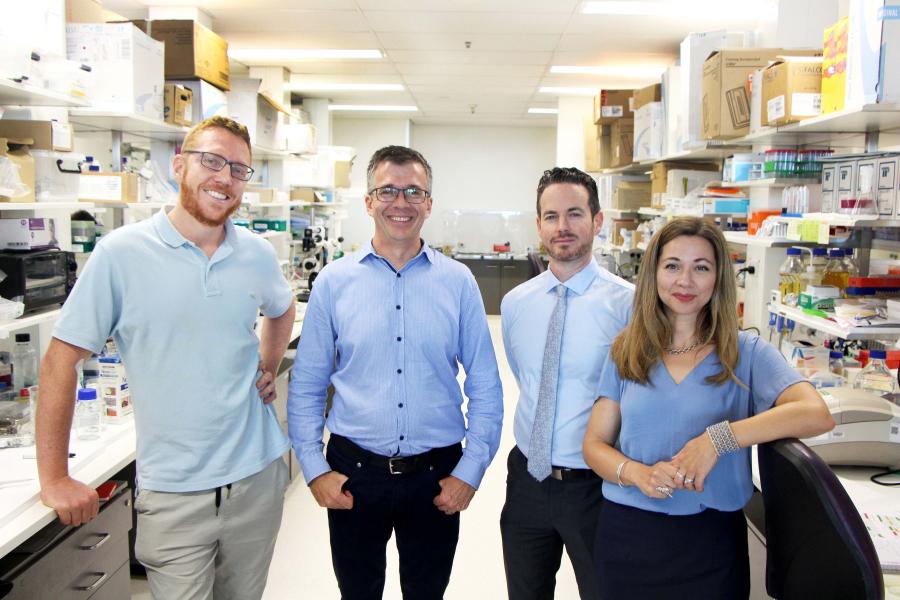The Australian Government is now in caretaker period. During this time, updates on this website will be published in accordance with the Guidance on Caretaker Conventions, until after the election.
Associate Professor James St John from Griffith University received the Marshall and Warren Innovation Award at the 2020 NHMRC Research Excellence Awards. His research involves the development of cell transplantation therapies to repair the nervous system, particularly peripheral nerve and spinal cord injuries.
A/Professor St John and his team have invented a technology to generate cellular nerve bridges to match the patient’s injury site.
Peripheral nerves are those that control the movement and sensation of the face, arms, legs and body. Injuries to peripheral nerves and the spinal cord can be devastating because they don’t repair themselves successfully and there are currently no effective therapies.
A/Professor St John explains that, while injuries to peripheral nerves can sometimes be repaired, often it is ineffective because of the extensive damage caused by the trauma.
'In these cases, patients not only have ongoing paralysis – but they can also have increased pain sensation.'
'We need to repair the injury site using advanced cell transplantation to enable the nerves to regenerate properly,' A/Professor St John said.
Data for peripheral nerve injuries in Australia are lacking, but it is estimated that around 5,000 peripheral nerve repair surgeries are performed each year in Australia. Ref: Grinsell D, Keating CP. 2014. Peripheral nerve reconstruction after injury: a review of clinical and experimental therapies. Biomed Res Int 2014:698256
A/Professor St John’s team have reimagined how three-dimensional cell constructs can be created and have invented a new technology specifically to generate clinically relevant nerve bridges.
'What we have invented is a simple and quick system that generates large cellular nerve bridges using the patient’s own cells,'
'Our cutting-edge technology enables us to rapidly create cellular nerve bridges from the patient’s own cells – which we hope will lead to the effective regeneration of the nerves.'
Funding from NHMRC allows the team to continue pushing the boundaries of three-dimensional cell technologies and create more complex nerve bridges to test extensively in laboratory and animal models.
A/Professor St John said the COVID-19 pandemic demonstrates that, while we have incredible scientific knowledge of biology and human health, we still have much to learn, particularly how microbes can complicate other conditions such as neural injuries.
'We need to invest in both discovery and translational research. Discovery research creates our understanding of disease mechanisms, while translational research uses the knowledge from discovery research to create solutions.'
Over the next three years, A/Professor St John hopes to provide comprehensive evidence that the personalised clinically relevant cellular nerve bridges are effective in repairing peripheral nerve injuries.
'To do this, we need to perform a range of laboratory tests to see how nerve cells grow within the nerve bridges.'
A/Professor St John then plans to test how transplanted nerve bridges aid regeneration and recovery from the nerve injury. Throughout the project, his team will be gathering the extensive and comprehensive evidence needed to justify proceeding to a clinical trial.